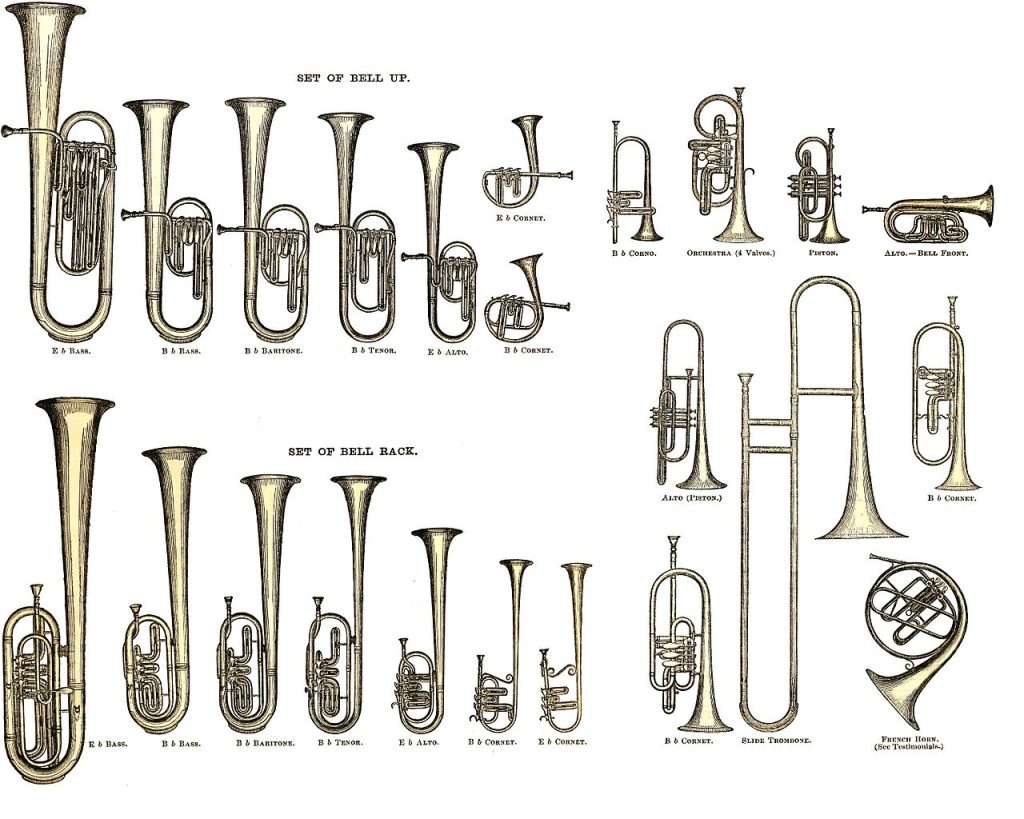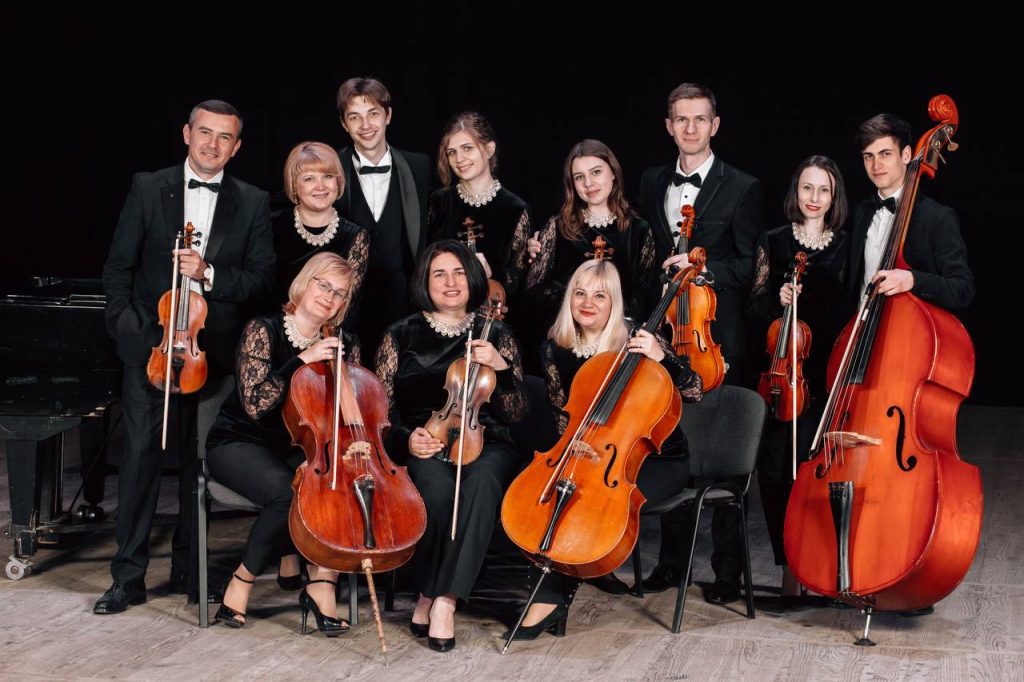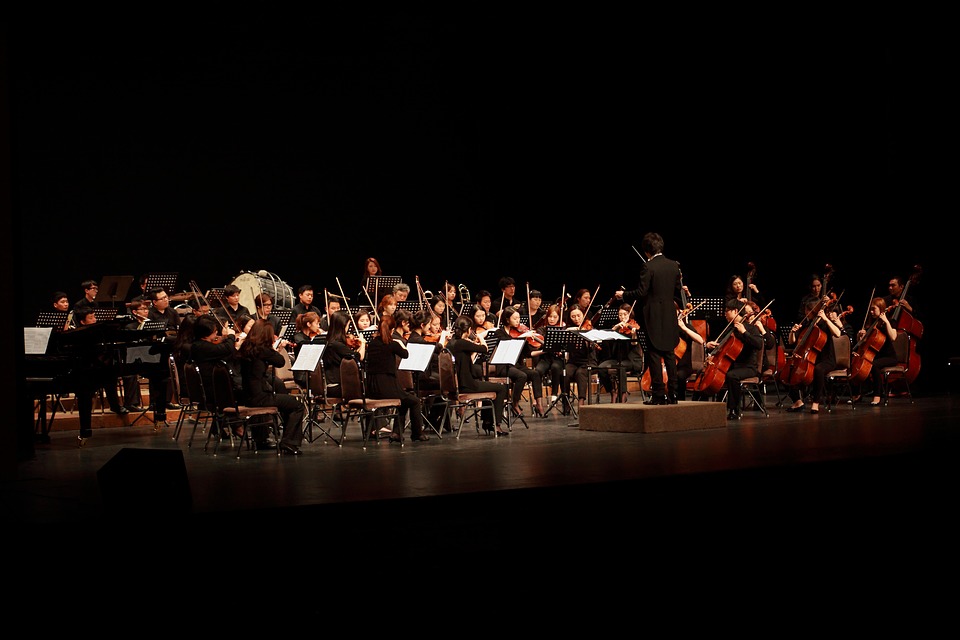When you go to an orchestra concert, you hear the beautiful sound of many instruments playing together. But have you ever wondered about the history and purpose of each instrument? In this guide, we’ll explore the different instruments used in orchestras. We’ll explore their unique sounds and how they all work together to create the magic of the symphony.
History of Orchestra Instruments
Long ago, people played music on basic instruments like drums and flutes. We can trace the history of orchestra instruments back to those ancient times. However, it was in the 17th century that the modern orchestra began to take shape. During this time, composers like Bach, Handel, and Vivaldi began to write music specifically for orchestras. The early orchestra consisted of a small group of musicians playing stringed instruments like the violin, viola, and cello.
Over time, the orchestra grew in size and complexity. Composers like Beethoven and Mozart began to write music requiring more extensive and diverse orchestras. Today, the modern orchestra can include over 100 musicians playing various classical instruments.
The Different Types of Orchestra Instruments
There are four main types of orchestra instruments: strings, woodwinds, brass, and percussion. Let’s take a closer look at each of these categories.
String Instruments

The string section is the largest and most important section of the orchestra. It is made up of instruments that are played by bowing or plucking the strings. The most common string instruments are the violin, viola, cello, and double bass. The harp is also considered a string instrument. However, it is played differently from the other instruments in the section. Some of the most famous pieces of classical music feature the string section prominently, such as Vivaldi’s “Four Seasons” and Beethoven’s “Symphony No. 5.”
Woodwind Instruments

People named woodwind instruments after the material they originally made them from. Nowadays, manufacturers commonly make them from different materials. Musicians play instruments in the woodwind section by blowing air through a reed or across an opening. The flute, clarinet, oboe, and bassoon are the most common woodwind instruments. The saxophone is also considered a woodwind instrument. Although it is not typically used in orchestral music. People know them for their ability to play high and low notes with great clarity and expressiveness. Some of the most famous works featuring the woodwind section are Mozart’s “Clarinet Concerto” and Prokofiev’s “Peter and the Wolf.”
Percussion Instruments

The most common percussion instruments in the orchestra are the timpani, snare drum, bass drum, cymbals, and triangle. Other instruments, like the xylophone, marimba, and vibraphone, are also used in some orchestral compositions. Musicians often use these instruments to add excitement and complexity to orchestral pieces. For example, Tchaikovsky’s “1812 Overture” features a prominent use of the snare drum and cannon fire sound effects to create a sense of battle and victory.
Brass Instruments

The most common brass instruments are the trumpet, trombone, French horn, and tuba. Musicians play these instruments by blowing air through a mouthpiece and using their lips to create vibrations. People know them for their powerful and bold sound, which often helps create the grandeur and drama of orchestral music. Some of the most iconic brass moments in classical music include the opening of Richard Strauss’s “Also Sprach Zarathustra” and the triumphant brass chorale in Bach’s “Brandenburg Concerto No. 2.”
How Orchestra Instruments Work Together
In an orchestra, each instrument has a specific role to play. The orchestra’s sections work together to create a harmonious and cohesive sound. The strings often provide the foundation for the music, with the other areas adding colour and texture. The woodwinds and brass can create melody and harmony, while the percussion adds rhythmic interest and accents.
The conductor plays a crucial role in bringing the different instruments together. The conductor’s job is to lead the orchestra and ensure that each musician is playing their part correctly. They are responsible for setting the tempo, keeping the musicians together, and interpreting the composer’s intentions.
The conductor communicates with the musicians using a series of gestures and signals. These signals can indicate changes in tempo, dynamics, or articulation. The conductor must also be familiar with the score and deeply understand the music to bring out its full potential.
How to Choose an Orchestra Instrument
Choosing an orchestra instrument can be a difficult decision. It’s essential to consider your interests, physical abilities, and musical goals. If you’re considering playing a stringed instrument, consider the violin or cello. The trumpet or French horn might be a good choice if you want to play a brass instrument.
It’s also important to consider the cost and availability of the instrument. Some instruments, like the violin or trumpet, can be relatively affordable and easy to find. Others, like the harp or bassoon, can be expensive and more challenging.
Modern Innovations in Orchestra Instruments
Traditional orchestra instruments have remained unchanged for centuries. Recently modern technology has brought about some innovations in instrument design. Electronic instruments like the electric violin or guitar have become popular in modern orchestral compositions. Some composers have even used unconventional tools like the saw or bicycle wheel in their music.
Conclusion
A unique combination of different types of instruments creates the sounds of the orchestra. Each has its history, purpose, and sound. When played together by a professional orchestra, these instruments can create some of human history’s most beautiful and memorable music. Whether you’re a seasoned concert-goer or a new listener, taking the time to appreciate the individual contributions of each section of the orchestra can enhance your enjoyment of the symphony.
FB Page: Classical Beast



